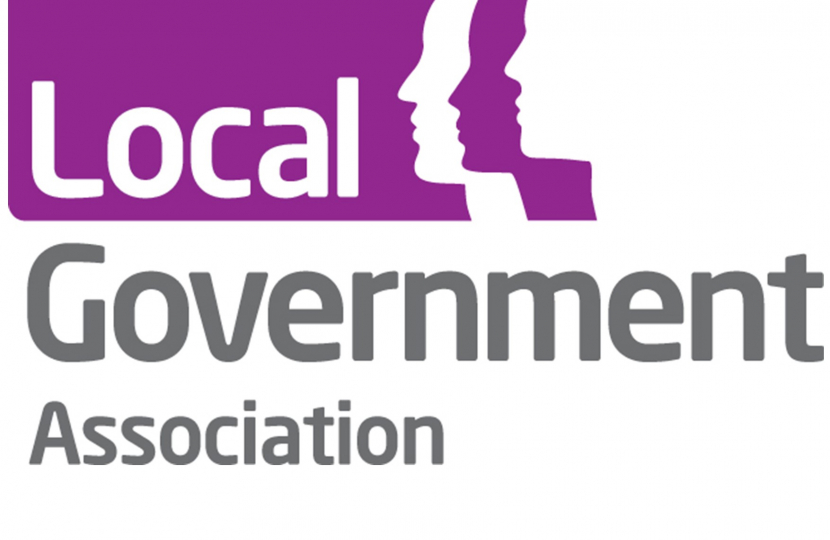
Sevenoaks District Council has recognised the importance of housing to health, creating a new cabinet portfolio role to champion the agenda, which in turn has led to a series of projects that are changing lives. This case study shows how district councils have improved the health of their local areas.
Housing and health are intrinsically linked. If a home is cold, damp and full of hazards, or over-crowded or located in an isolated location, it will have a negative impact on occupants.
In the Kent district of Sevenoaks the risk of these problems is great. While the district is one of the 20 per cent least deprived areas in England, it is a statistic which hides serious pockets of deprivation because one in nine children live in low income families.
With house prices up to 17 times higher than average wages, Sevenoaks suffers from the out-migration of younger people to cheaper areas to live.
This contributes to the breaking up of families and communities and results in isolation and loneliness in older people. Many homeowners are asset rich but cash poor, and living in poorly maintained housing that contributes to falls.
Highlights of progress
Sevenoaks District Council started working towards a new housing strategy following the 2015 elections. The new post of cabinet portfolio for housing and health was created while a series of workshops were held with members and a Local Housing Needs Study was carried out.
It resulted in the Wellbeing Starts at Home strategy being launched in autumn 2017, which recognised publicly for the first time the clear link between housing and health.
The strategy has helped to pave the way for a number of initiatives. The council had already set up a social prescribing service aimed at preventing homelessness by working with people who were missing or are consistently late with council tax or rent payments.
The service has now doubled in size over the past year thanks to funding from public health and the Better Care Fund. These new advisers focus on falls prevention and nonmedical reasons for seeking help, such as anxiety caused by debt.
The council has also been working with the voluntary sector to tackle housing problems that are related to health. Pop-up cafes have been funded in isolated locations, offering residents a chance to socialise.
Another project has involved dealing with hoarding. West Kent Mind has been funded to work with hoarders in recognition of the fact that it is a mental health problem. Its team helps de-clutter homes, while also offering counselling.
Cabinet Member for Housing and Health, Councillor Michelle Lowe said: “It seems to be working. Despite one of the hottest summers on record, we did not have one complaint of a stinky house.”
Future plans
Sevenoaks is in the process of developing a new local plan. It is expected to be finalised in 2019 and health is being introduced as a major consideration, given the same weight as the green belt.
Councillor Lowe said: “It is about building on what we have achieved so far with the housing strategy. We want to make sure that in planning terms we are properly considering health.
“For example, we had a case recently where an older woman was living in a listed cottage. She was in a wheelchair and wanted to make some adaptations to the property to aid her independence.
“But the request was turned down because it was listed and was in a conservation area. If adaptations were made to that home, not only would it help the woman living there, but it would also mean we have a property that has been adapted for future occupants. In the future, health will carry at least equal weight so planners can weigh up what is best.”
But it is not just about dealing with the existing stock. There are around 50,000 homes in the district, but by 2035 it is estimated another 14,000 will be needed. The local plan will place an emphasis on making sure those homes are fit for future generations.
That will include making sure they are adaptable for an ageing population, as well as providing a range of more affordable and appealing housing solutions for residents aged 25 to 44 in a bid to keep more economically-active people in the district and keep families and communities together. One approach will be to deliver micro-homes, which are small modular apartments that are cheaper than traditional housing.
Key messages and learning
The work that Sevenoaks has undertaken requires careful coordination between the NHS and county and district councils. For example, one of the schemes that Sevenoaks has set up is a hospital discharge service.
The team organises home adaptations that are needed when a person is admitted into hospital. The adaptations, such as remote monitoring technology, stair lifts and sensors, allow people to be discharged earlier.
But it only works because the service has been integrated with the local hospital and the care teams working for Kent County Council.
Councillor Lowe said: “It took us quite a few years to get that fully-established. You need to get a good relationship going. We now have a West Kent members’ forum. It has representatives from the four districts, Kent public health and the local clinical commissioning group. It is allowing us to plan services in a more coordinated way.”
Sevenoaks has also been doing some work to engage hard-to-reach groups via social media. It has been aimed at people who are in the early stages of debt.
“They are unlikely to come to the council or Citizens Advice Bureau for advice. They will go to a pay day loan firm and so we are trying to build a presence on those sites so we can offer them help and advice. We have had some success in that people have clicked on the links but they have not filled in the referral forms for social prescribing. That needs some more work,” she added.
